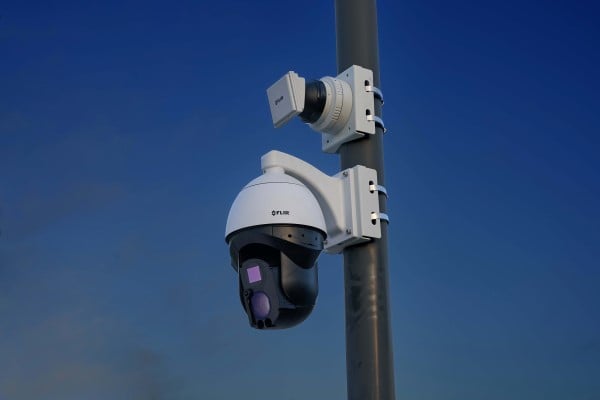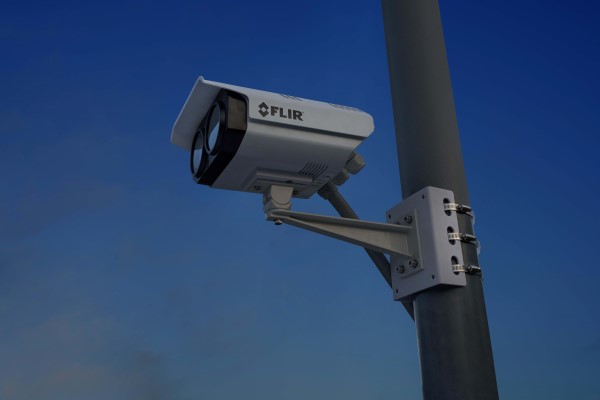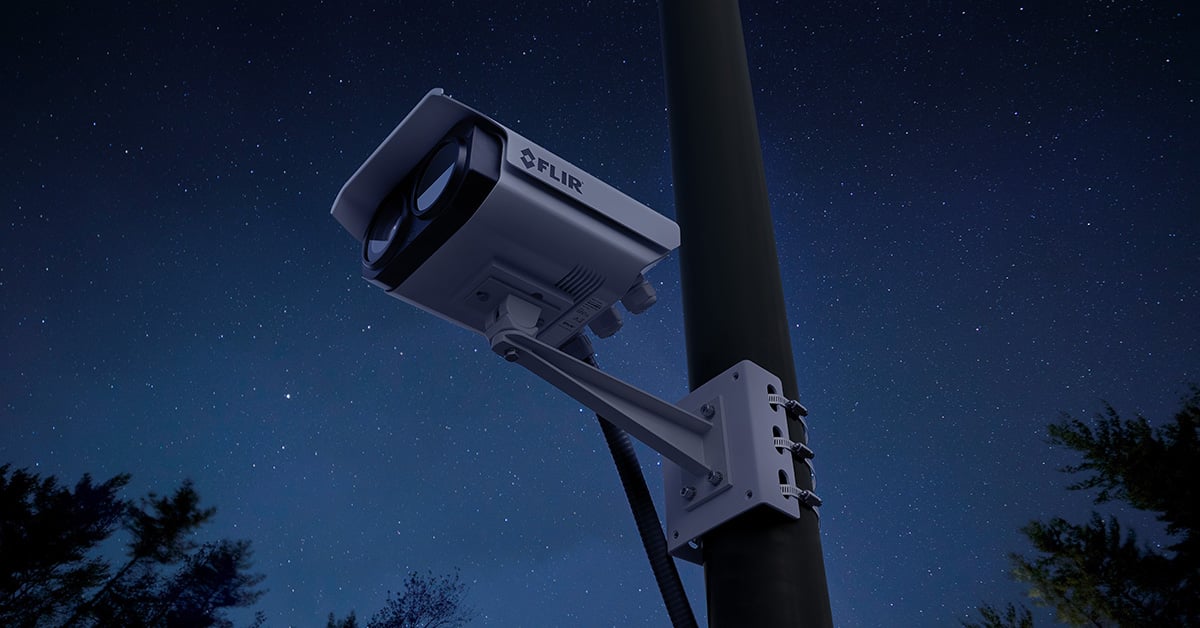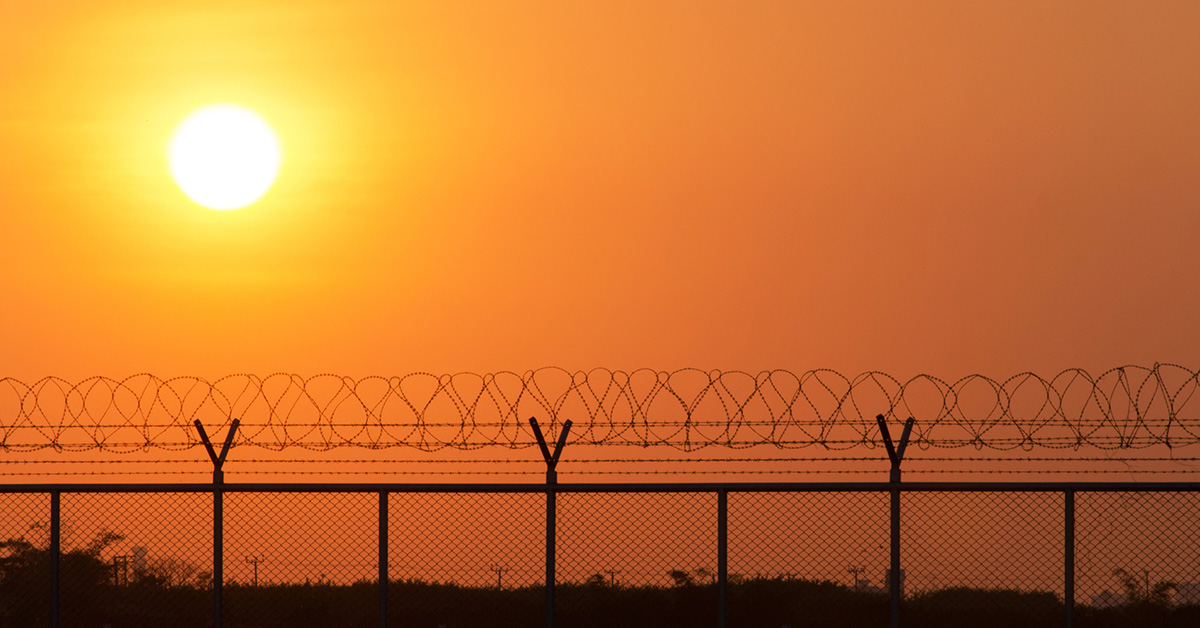5 Technologies that Increase Safety and Physical Security at Data Centers

The nation’s critical infrastructure doesn’t look the same as it did in 2013, when the world’s datasphere was approximately 4.3 zettabytes. In the proceeding five years, that number ballooned to 33 zettabytes and by 2025, the International Data Corporation predicts that the global datasphere will increase to 175 zettabytes. That means there will be 40 times more data generated globally than when data centers were first categorized as critical infrastructure.

The Elara R-Series
The Security/Safety Challenge
For data centers, this explosive growth in both the volume and importance of data has only made data storage facilities exponentially more vulnerable. Between the threat of intrusion or sabotage and the cost of equipment overheating, resulting in downtime, data centers have their hands full.
Once you consider that an unplanned data center outage can cost anywhere from $9,000 to $17,000 per minute1, robust perimeter intrusion detection systems (PIDS) and asset condition monitoring technologies are more important now than ever.
A Safety and Security Solution, Built for Tomorrow
For this reason, Teledyne FLIR has purpose-built PIDS and condition monitoring technologies to address these needs head on—from securing the perimeter to improving efficiencies on the interior.
Below are 5 solutions and technologies optimized for data centers.
- Beyond the fence line, FLIR radars are the ideal layer of protection, dynamically mapping human and vehicle movement, delivering early warnings of threats, and improving intruder tracking when integrated with pan/tilt/zoom multispectral cameras such as the Elara DX-Series. The FLIR Ranger R1, for example—a ground-based perimeter surveillance and tracking radar—enables data center security personnel to accurately detect and track personnel and vehicles at a range of up to 700 meters. The more compact FLIR R-190 also delivers human detection up to 125 meters and vehicular detection up to 300 meters in virtually any climate, weather, or lighting condition for early warning of threats. Combined with PTZ cameras and additional radars at the fence line, both the Ranger R1 and R-190 can be networked in an overlapping array to protect larger areas. For long-range applications or those with smaller perimeters, the entire suite of FLIR R-Series radars are extremely effective options as well.
- Built to complement any perimeter system, the ruggedized, multispectral fixed FLIR FH-Series ID cameras integrate industry-leading thermal imaging with 4K visible imaging for accurate intruder detection and classification. FH-Series ID cameras, as well as all new FLIR security thermal and visible cameras, feature onboard FLIR Virtual Barrier analytics, which enable higher detection precision, classification accuracy, geolocation of targets, and resilience against false alarms along a data center’s fence line.
- Integrating radar, multi-spectral cameras, and other advanced sensors and systems, FLIR Cameleon is a powerful command and control software that provides a user-friendly interface that gives security operators total control of their devices and expanded situational awareness of their entire perimeter. For video recording and operations, FLIR Latitude 9.0 is the optimal enterprise-grade video management system with forensic-quality imaging, user-friendly operations, and enhanced cyber security.
- Data center safety and security doesn’t stop at the perimeter. Inside server rooms and within the server cabinets themselves, FLIR condition monitoring technologies such as fixed and handheld IR thermography devices are designed to make asset monitoring and maintenance simultaneously safer and more efficient. Identifying and correcting hidden problems before they create unplanned outages and/or undetected degradation saves personnel the cost of downtime and equipment failure alike. Using industry-leading IR technology, these devices are purpose-built to issue instantaneous alerts, whenever asset temperatures exceed predetermined parameters.
- To protect personnel during inspection, the FLIR IR Window, a broadband crystal lens that transmits short, mid, and longwave IR while allowing illumination to shine through, adds a barrier between personnel and energized equipment, protecting them from arc flash accidents and enabling effortless thermographic inspections, in order to spot imminent failures before they occur. Together, the Teledyne FLIR suite of condition monitoring technologies optimize proactive asset maintenance, prevent costly downtime and device failure, and protect personnel from potential dangers.
The FH-Series
Looking Forward
With Teledyne FLIR, utilize military-grade radar, multispectral cameras, best-in-class video analytics, and powerful PSIM, VMS to establish a continuous system of robust perimeter surveillance and protect one of the nation’s most vital assets. Invest in a program of service with training, in-threat windows, routing, and effective thermal studio software to protect your assets from any conceivable threat.


